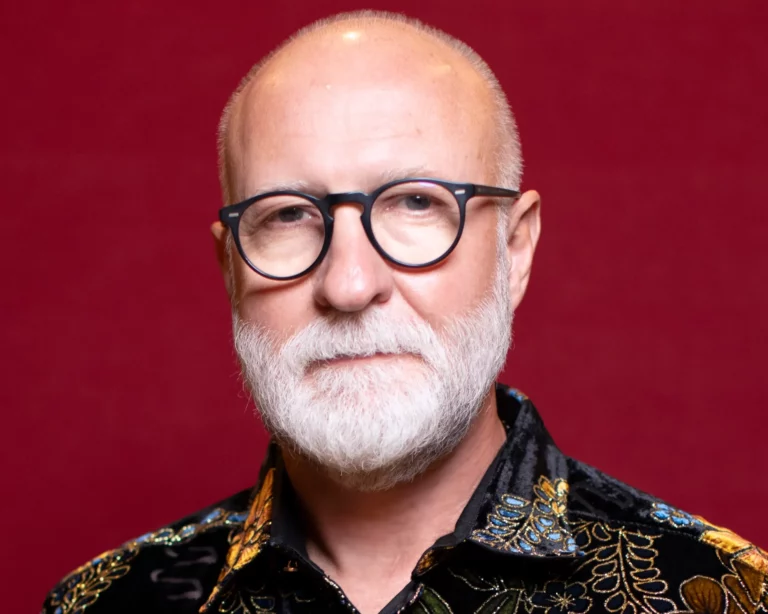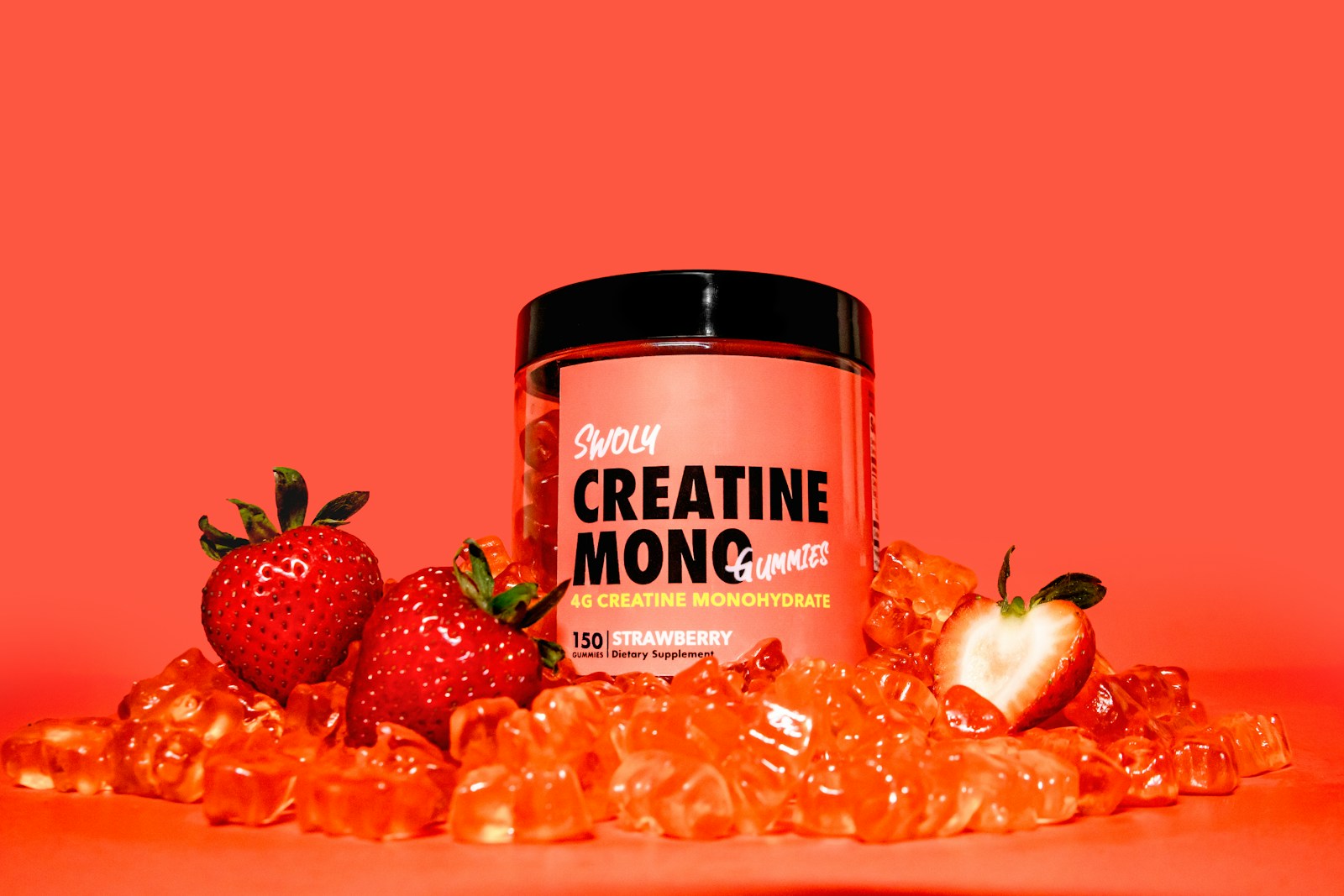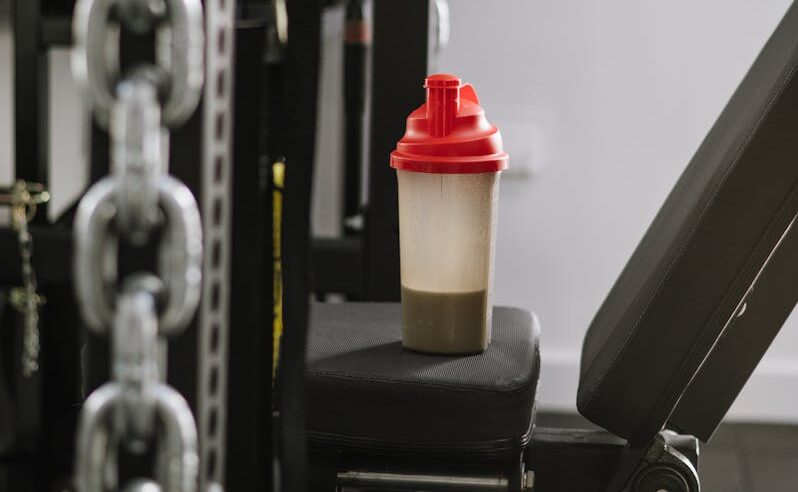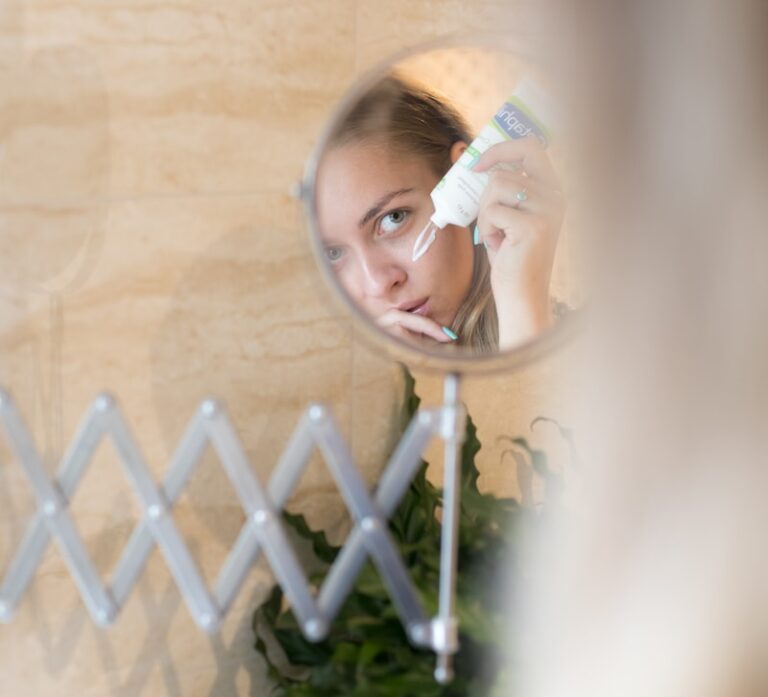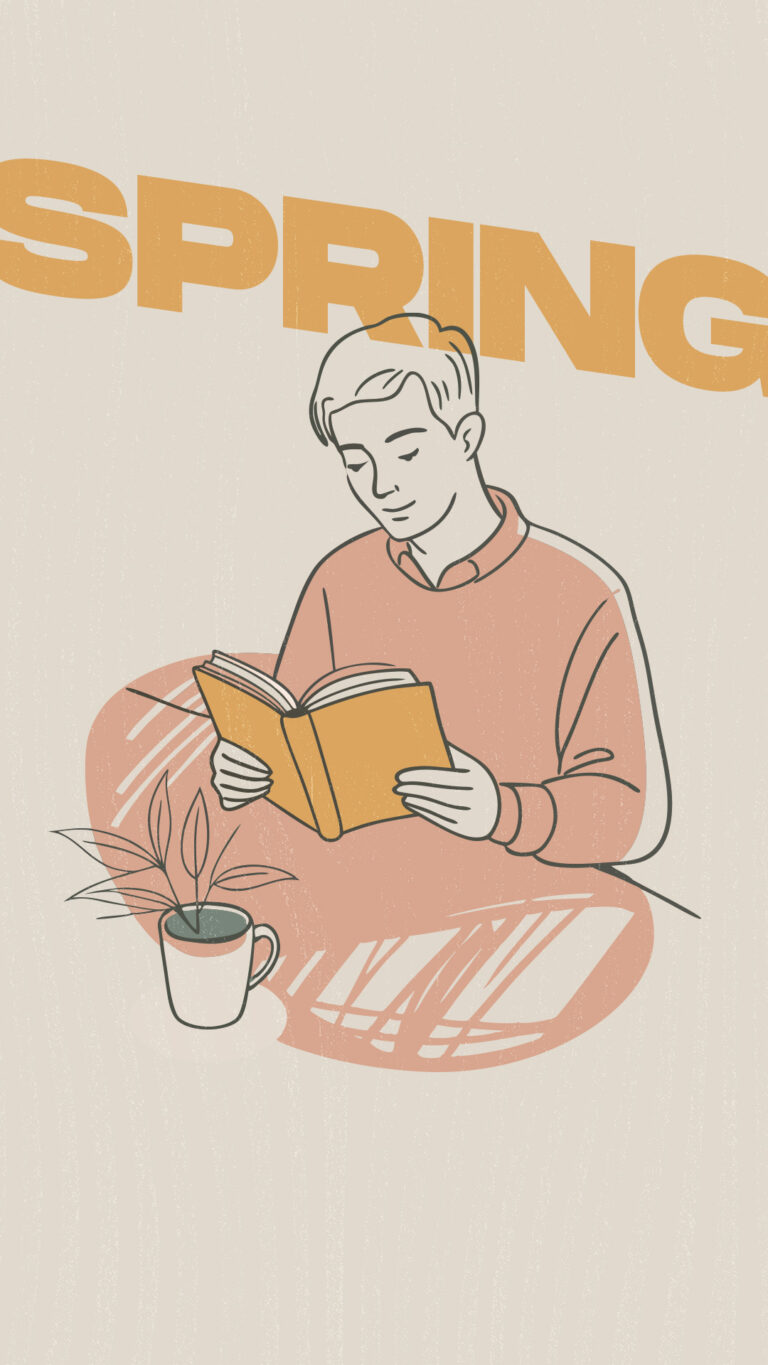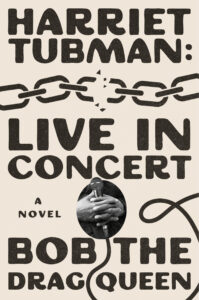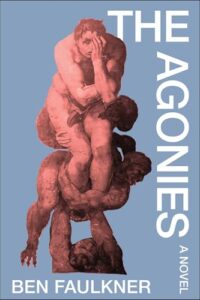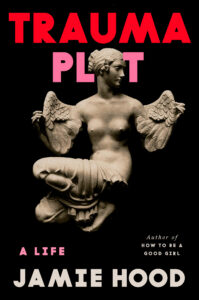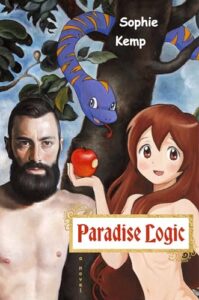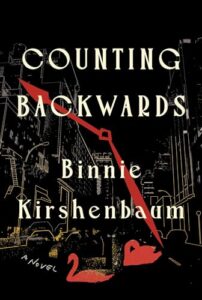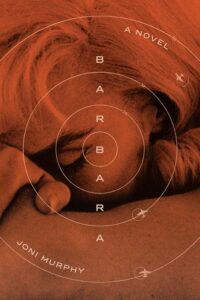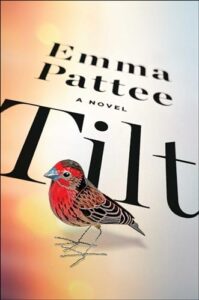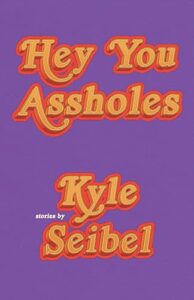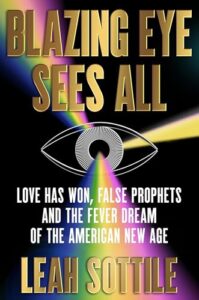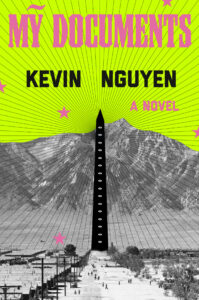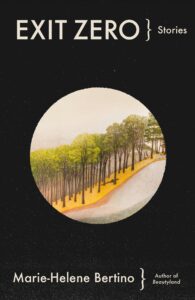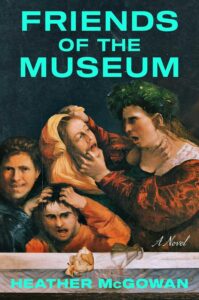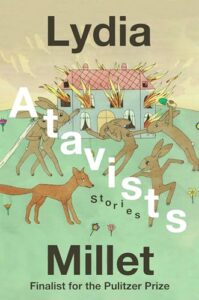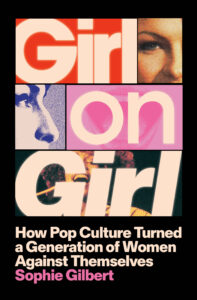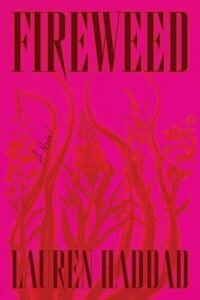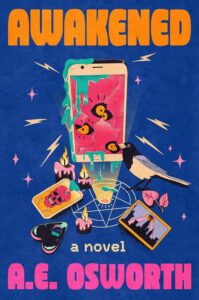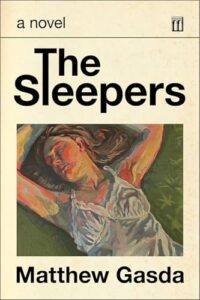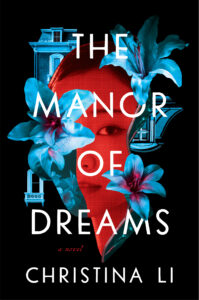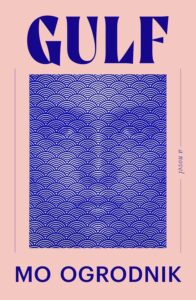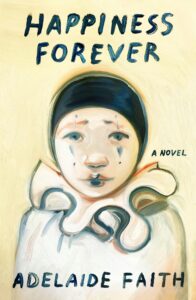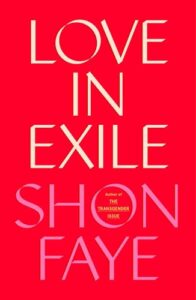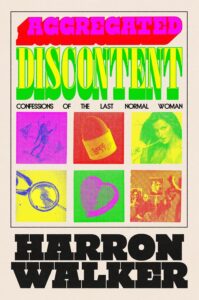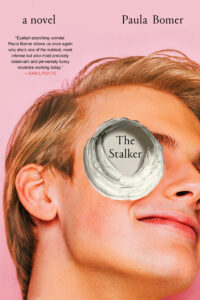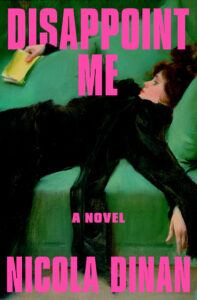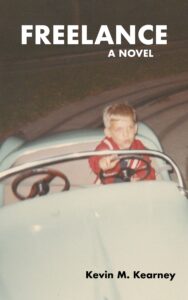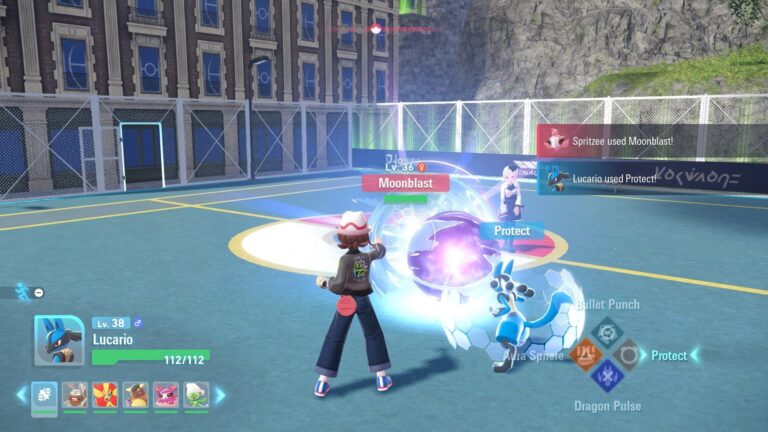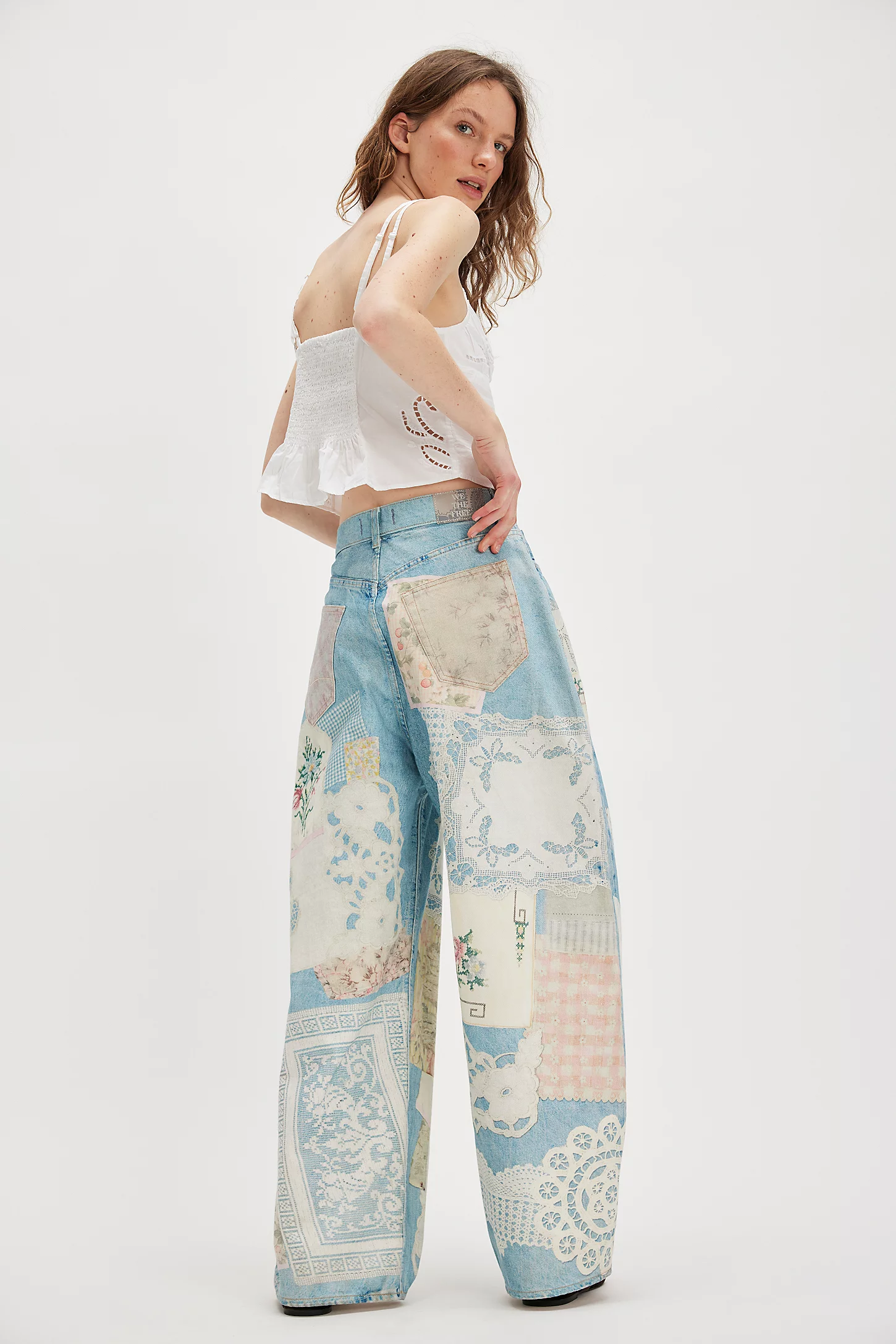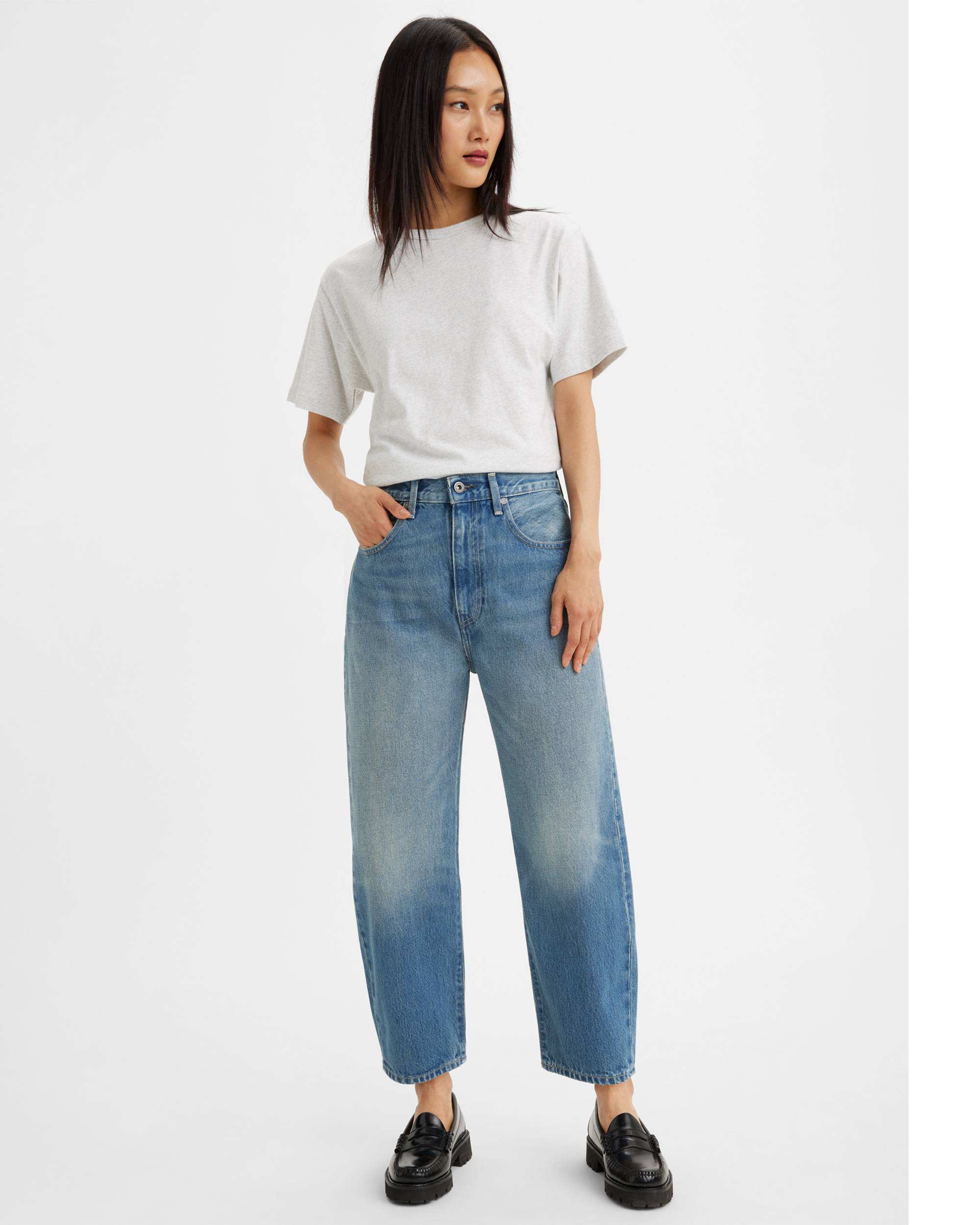Before going into the studio, Bob Mould‘s demo-making process typically involves preparing for the type of ornamentation that might eventually decorate a song. In the early stages of the recently released Here We Go Crazy, the former Hüsker Dü frontman’s 15th solo album and first in five years, his approach was so liberatingly straightforward that he found himself resisting the thought of any kind of unnecessary polish. At the studio, backed once again by his long-serving rhythm section of drummer Jon Wurster and bassist Jason Narducy, he had something of an “allergic reaction” to the synth options available to him; alongside longtime engineer Beau Sorenson, he landed on a refined simplicity that only further invigorates the record’s visceral urgency. Breezing through in just over half an hour – though Mould handily controls the force of the wind – the record channels turbulence and uncertainty through concise, caffeinated rock songs powered by soaring hooks, crunchy, propulsive riffs, and some of the most taut songwriting of his career. “I worry for the future, I worry for the pain/ I worry myself sick about the wear and tear and strain,” he sings on ‘You Need to Shine’, looking at both past and present.
We caught up with Bob Mould to talk about the Beat Generation, first-wave punk, desert biking, and other inspirations behind Here We Go Crazy.
The Beat Generation (William Burroughs, John Giorno, Allen Ginsberg)
Do you mind sharing any memories of spending time with them? How have they been sort of collectively imprinted in your mind?
I grew up in a small farm town in the Adirondacks in Northern New York State, and I moved to the Twin Cities, Minneapolis-Saint Paul, when I was 17 to attend university. My first semester, I had a work-study program, so I had a part-time job as well as going to school. My part-time job was working in the school’s library, and I enjoyed that work quite a bit – filing books, shelving books, putting magnetic strips in the spines of books so they wouldn’t get stolen without setting off the sensor on the way out of the library. One night, I saw this book, Naked Lunch by William Burroughs. People had cited that book in the punk scene – Patti Smith, most notably – so I sort of absconded with the book and sat and read it cover to cover. It was just astonishing – the language, the imagery, and the ideas that William was sharing. It was all new to me – this new, fantastic, bizarre, confusing world of characters and places. It had a profound effect on me as a young man.
Years went by, and I started to get more familiar with a lot of William’s colleagues – Kerouac, Allen, and John. I remember in 1985, John Giorno reached out to me, to Hüsker Dü, to be part of a compilation album called Diamond Hidden in the Mouth of a Corpse. There were a number of other bands – Sonic Youth, Butthole Surfers, Diamanda Galás. It was a lot of our colleagues assembled for this album. I remember saying to John, “We need to do something for people with AIDS. What can we do? Can we do a challenge where everybody will donate their mechanical royalties – the publisher-side royalties – to some kind of group that would help people with AIDS?” John handled all of that, and it was a seemingly small gesture, but I think it did a lot of good. As part of the rollout of the record, Hüsker Dü went to the Bunker down in the Bowery, where William had a writing room, and John was the caretaker of the building. He lived on the top floor. That was the first time Hüsker Dü met William Burroughs. We did a photo shoot, had a conversation, and sat at the big table in the orange office chairs. William was holding court, as he always did, and he was just a fascinating person.
As the years went on, I got closer to John, and the band got closer to William. In the summer of 1987, James Grauerholz, who handled William’s affairs, decided to organize an event called River City Reunion. It was held in Lawrence, Kansas, where William was living. James essentially brought everybody he could find from that era of writers, poets, and thinkers together for a long weekend to celebrate. It was Jim Carroll, Edie Kerouac – it was the only time I got to spend a few moments with Keith Haring. I think Tim Leary was there, Ed Sanders. It was just a who’s who of that group of writers based around City Lights Bookstore in San Francisco. It really drove home the importance of what those writers were talking about back in the day – the McCarthy-era politics of the United States, censorship being such a big thing. I learned so much from John and from William’s work, and I always carry that thinking with me. I learned so much from that work. It’s always a big part of my work to honor those ideas.
My driver’s license and my primary home are still in San Francisco, so it’s always in the air. Despite the techification of San Francisco over the past 20 years, and now the AI-ification – despite all those changes, when I go up to North Beach and visit City Lights, I still feel all of that energy. A lot of Allen’s manuscripts are on display up there. That era of thinking in America is really important to me, especially in this day and age when we’re again faced with the specter of censorship over everyone’s heads.
How do you see that energy or influence reverberating through Here We Go Crazy? Did you find ways of repurposing or reshaping that progressive or countercultural way of thinking?
I think structurally, if I look at a song like ‘Fur Mink Augers’, where it’s just a cut-up capture of all kinds of uncomfortable “How did I end up here?” situations – discos, broken glass, blah blah. If there’s any song on the record that grabs at that kind of kinetic free verse that William and John worked with, that would be the one I would look at and go, “Yeah, that’s a reasonable facsimile of what those guys were trying to do.”
First-Wave Punk
What made you cite such a formative and broad influence for this list?
Throughout my career, I’ve worked in a number of different styles, I guess. From the beginning of Hüsker Dü being sort of a droney, heavier kind of band, sort of darker, and then we went through a little bit of power pop, to get to hardcore punk. So much of what was driving that band at the beginning was first-wave punk. When I was working on this album, both the writing and the pre-production, I tried to dial back the ornamentation. And when I say ornamentation, that, to me, is the later steps of production of an album. There’s a song which is written on an instrument with words, and then you figure out what the rhythm section will do with that. And then, beyond guitar, bass, and drums, there’s this extra ornamentation. It’s as if the guitar, bass, and drums are the Christmas tree in its basic form, and after the tree is put in a stand and in place, then you decorate the tree. For the production of a record, ornamentation could be synthetics – synthesizers, loops, it could be percussion, actual keyboards.
In the past five albums, there are different levels of ornamentation. Sunshine Rock being the furthest expanse of ornamentation, where I’m writing for an orchestra and sending scores to Prague and watching them play these scores. That’s deep ornamentation. This record, I didn’t feel so bound to decorate the tree as much as I have in the past. This album, to me, if it has a touchstone, it would probably be Ramones’ Leave Home, the second album. The first album had such a profound effect on me as a young musician. The second album was not black and white – the guitar was not on one side, and the bass was not on the other. It evolved, and the songwriting came more into focus. It had this bluish artwork – I think they were standing on a roof. It was equally simple as the first album, but it brought color and a little more texture, but not as ornate as, say, End of the Century. As I was recording the album and trying to keep it simple, Leave Home appeared. It wasn’t intentional, but once I was done with the record, I was like, “Yeah, this is sort of like Ramones’ Leave Home.”
At which point did you set the dial in terms of ornamentation?
For me, when I’m preparing songs for the band to learn, I typically do rather elaborate home demos with laid-out parts and a lot of detail. With this record, the writing was slow to come, and every time I went towards a demo where I would normally prepare ornamentation ahead of time, I stopped myself. It just felt like it was getting in the way of writing. It felt unnecessary. It felt like the words and the melodies were strong enough. And when I got into the studio after doing the basic tracks with the band, the band goes away, and I’m left with the engineer and all of these different tools. As soon as I opened up a computer to start looking for synthetics, I just had an allergic reaction to it. I looked at Beau Sorensen, my engineer, and said, “Beau, I can’t do this. I don’t want to go into the computer on this record. It’s too much.” I said, “Of all the actual synthesizers in the studio, what is the easiest to just get a sound out of and to do things?” He came back with a vintage Minimoog, and I was like, “God damn, this is perfect.” Just the default, crunchy, gritty, singular sound that is the Minimoog. I just dialed up the most basic sound, and we left it there on the desk behind the mixing board. Anytime I needed what would normally be convoluted computer ornamentation, I just walked over to the Minimoog, played a melody, and we hit record. [laughs] And that was it.
There’s other ornamentation on the record. There were beautiful vibes at the studio with the motor, so I could get that almost simulated Leslie effect – that tremolo, vibrato kind of in-and-out-of-phase vibes sound. Just these little doorbells that wake you up during the song. It was just the simplicity of all of it.
Coffee
What role does it play in your life or your process, and how particular are you about it? Is it about the type of coffee or the coffee place?
It’s coffee in and of itself. It carries a lot of value for me. I guess the first thing is, I quit drinking when I was 25 – drinking alcohol. I am an alcoholic, I was an alcoholic. So I don’t have a lot of vices in my life to turn to. Coffee is a very exciting thing for me. [laughs] It’s a good stimulant in my life. I always look forward to it. I don’t have wine, and I don’t have other hard drugs, so to me, finding and enjoying coffee is really important.
Separate from that, when I’m touring or when I’m in San Francisco or anywhere, an exciting thing for me is to try to find really good coffee shops. It’s not so much for the origin story of a particular bean, but it’s more about the idea of going into a space that is part of a community. In my hometown, it might be a place I’m familiar with, and they recognize me. When I’m touring, it gives me a look at the city or the neighborhood and things that happen at this communal space. Oftentimes in the last 10 or 15 years, coffee shops have a lot of high design involved – a lot of woodwork, just unique design. It often tells me a lot about a city. I think of coffee as a stimulant – something that takes the place of other joys that people have in life – and it’s also this place where I can get a sense of the city.
I’m wondering if any specific places where you had coffee come to mind when you think about making Here We Go Crazy.
Oh my gosh, yeah. Well, the basic tracks were done at Electrical Audio in Chicago. The late Steve Albini built this amazing cathedral for all of us to make music in. One of the things in the studio upstairs in the kitchen is a gigantic – they used to have a three-station espresso pull machine, and they’re down to a two-station, but everybody pulls their own shots and learns how to be baristas as well as making these records. So, there’s that part. The studio also had a signature drink they would make called “fluffy coffee,” where it was like a tall latte with a lot of extra foam and sweetener. That was always a ritual – you’d have one of those every day.
The other studio where most of the work was done was Tiny Telephone in Oakland, California, and we would drink a lot of coffee there as well. A whole different way of making it – my engineer, Beau Sorensen, he’s the kind that would weigh out the exact amount, hand-grind, and then do a pour-over with one of those kettles at the exact temperature – like 97° C or whatever temperature Beau would set it at. That would be highly curated as well, and that was always a moment to stop the work and spend five minutes making coffee – just that slight pause in the day to clear your head.
Desert biking
My desert e-bike needs to go to the shop. I had a terrible accident in late January that sent me to the emergency room. But on good days – when I’m not wiping out in the middle of the road – I usually get up early in the morning before traffic starts and before the school buses are taking children around, and I do about 20 miles on my bike. It’s an e-bike, but I rarely use the electric acceleration. I use it mostly if I’m on the main road and have to keep up with car traffic. My bike ride is all around the perimeter of the town I live in, and it’s good because I can’t do anything but hold onto the handlebars and move forward. I use that hour as almost a virtual rehearsal. I just have the new songs on loop in my head, trying to come up with ideas for words. Or, after I’ve recorded, I do the same thing, but I’m trying to embed the words, using muscle memory in my head as well, so that when I tour, I know my own songs. When I’m in San Francisco, I walk the hills doing the same thing. But the bike is good because I’m moving at a fair clip, about 20 miles per hour, just looking at nature and rehearsing the show in my head.
You could be sitting and looking at nature, but being in motion must help with virtually rehearsing the songs, the kinetic energy of it.
Absolutely. It’s the motion, the effort, the energy of it. It’s different from a stationary bike or walking in San Francisco. That’s a completely different pace. So yeah, the bike is good. And at the end of an hour, I’m like, “Oh wow, 800 calories! Good, I’ve got my cardio for the day.”
Ocean Beach
What makes it a special place to you?
Well, it’s the other part of the exercise I described. In San Francisco, there are lots of hills in my neighborhood. I always loved Ocean Beach – it’s just the end of the world, it’s the Pacific Ocean. There are a few neighborhood coffee shops, but during the pandemic, it was a place I would go almost every day. I would get up at 4:35 a.m. and go out before the sun came up. Invariably, I would be one of maybe three people on the entire shoreline. There might be an old guy with a fishing pole trying to catch fish; a solitary surfer in a wetsuit carrying a board across the beach, getting in as the waves are coming in; a young woman jogging with her dog off-leash. This sets the stage, and this is in near darkness, just as the sun is coming up.
I think the reason Ocean Beach is so important for me spiritually is all of that, but also because it’s the place where I can hear myself. When I say that, it’s because I have terrible tinnitus, so I don’t have silence in my life anymore. I don’t know what that sounds like anymore. But when I go to the ocean, the sound of the waves cancels out the constant ringing in my head. During the pandemic, it was good because I could get fresh air and be away from people, but at all times, it’s as if it erases this health issue I have. So, that three or so miles of walking up and down the beach, it’s the closest I can get to silence. It’s very important for my mental health.
It may not be silence, but it’s a calmness. Do you feel it seeping into the record in some way?
Well, the prior album, Blue Hearts, the last song was called ‘The Ocean’. At the end of that song, there’s a long trail of layers of feedback, and then there’s a moment where a lot of it disappears. For about 15 seconds, you hear this high-pitched sound. That is the sound I live with in my head. That is what I hear when I’m not at the ocean. Maybe not this record, but that’s where the prior album ended. And if you listen to the end of that album and then put on the beginning of the new album, it should be seamless. The new album starts exactly where I left off at the ocean with the prior record.
Berlin
This one probably feels quite fresh – I saw that you just spent a few days there, doing a show at Rough Trade. How would you sum up the significance the city has had in your life?
It’s an amazing city. I started going there in the late ’80s. I always enjoyed visiting Berlin, even away from work. There’s just something about the spirit of the city. It’s a very gritty city that’s been through a lot and contains so much history. In 2015, my now-husband and I started visiting Berlin. We went for a week, then back for three weeks, and then in 2016, we went back for three months with the intention of possibly living there. During those three months, we found an apartment and moved to Berlin in the fall of 2016. The three and a half years we spent there – we were going back and forth to San Francisco, and I was also touring through that, but the time we spent in Berlin was incredible. It was three of the best years of my life.
I felt so at home in the city. It’s sort of the birthplace of what we think about as queer culture, during the First World War, and especially during the Weimar Republic era. To live in that history and experience the way Germans see the world, to navigate through their culture – and deal with all the paperwork [laughs] – something about it felt natural to me. It’s a very science-driven way of living, math and science, but also a very “Fuck it, this is what we’re doing” kind of vibe. I really fell in love with that. Going out clubbing in my advanced age, in my late fifties – how did I get into Berghain every single time? [laughs] I had a bike over there and would ride fifteen miles a day in Berlin. It was so set up for that kind of lifestyle. It was an inexpensive city ten years ago, and everything felt so great.
I’ll always carry such great memories of Berlin, and I always carry the bittersweet end. In early 2020, when the shutdown happened, my husband, who studied virology in medical school, said we probably wouldn’t be able to go back. We did not get to say goodbye to Berlin. We had two friends who had the keys to our apartment go in and, on FaceTime, showed us all of our belongings. It was a yes or no on all of our possessions, and it was so surreal. All of the things we said yes to went into boxes on a boat, and it took a year for them to show up in San Francisco. That’s a strange way to leave a city.
For me, going back last week was very emotional. It was very celebratory, but also a lot of tears. A lot of, This was my life, and it was sort of ended or put on indefinite hold. To go back, and see friends, and walk my street, and look at the windows of my apartment, and wonder who has a life there now compared to the life I had, seeing friends randomly on the street – all of it was pretty overwhelming. It always stays with me.
This interview has been edited and condensed for clarity and length.
Bob Mould’s Here We Go Crazy is out now via Granary Music/BMG Records.
